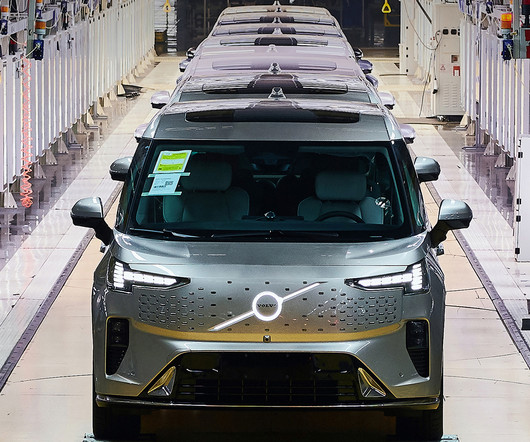Mercedes-Benz to begin equipping top models with CO2 air conditioning systems starting in 2017; adapting other models for R1234yf
Green Car Congress
OCTOBER 20, 2015
From 2017, Mercedes-Benz will offer in Europe the S- and E-Class as the first production passenger cars equipped with CO 2 air conditioning systems. It is the first automobile manufacturer to award not only development contracts but also to place production orders for CO2 air conditioning systems and their components.












Let's personalize your content